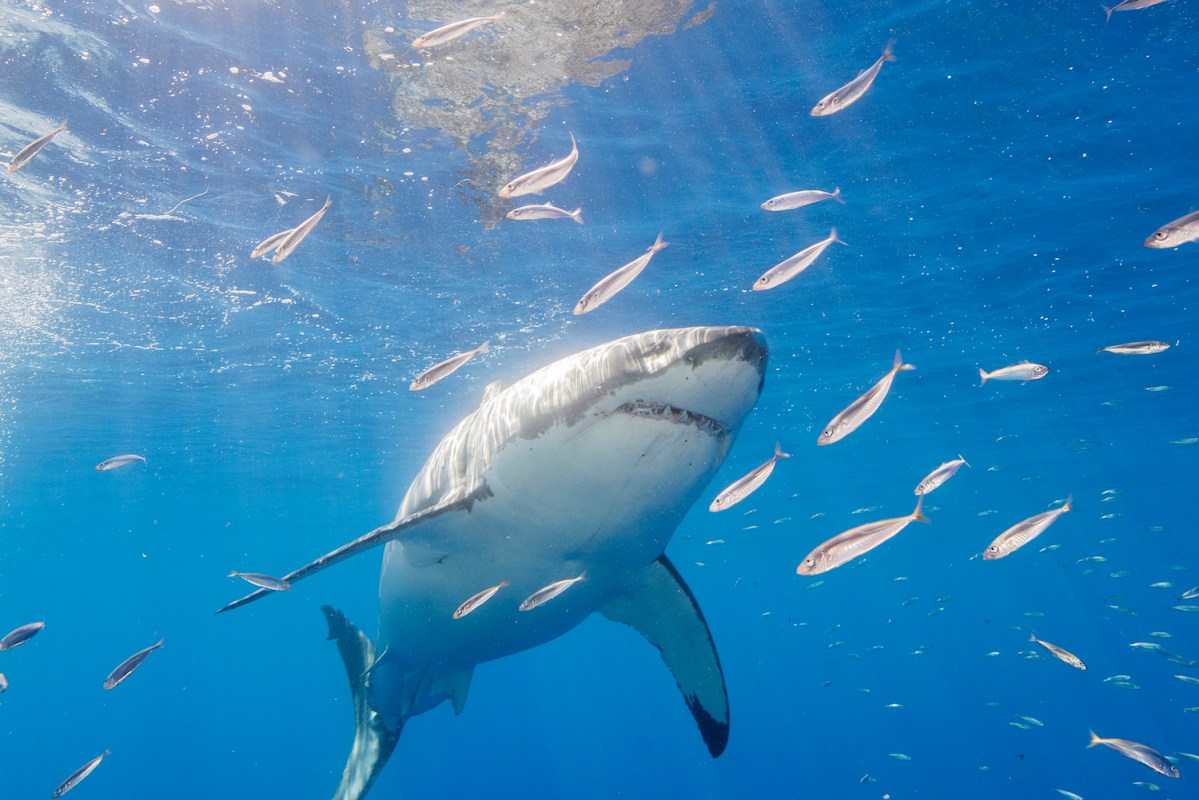Thanks to new remote-operated drones, scientists can explore places in the ocean that are too dangerous for diving. The remotely operated vehicle, or ROV, is not much larger than a laptop, and has a 328-foot cable that connects to its pilot and a video screen.
The Farallones is a rugged cluster of rocky islands about 27 miles off the coast of San Francisco, and it is the ideal place to test these ROVs. The islands are part of a protected zone that is off-limits to the public, and the ocean below is dominated by great white sharks. But it is very difficult to explore because of rough swells, boat-sinking crags and frigid temperatures.
Observing the behavior of great whites, however, is important to solving many mysteries about the animal and their migration patterns. The drones can help with that in entirely new ways.
“We have an opportunity to get this tool to the front-lines of conservation and empower the people who need it the most,” said entrepreneur David Lang, a National Geographic Explorer. “This is an invitation to be part of a new generation of explorers.”
Thanks for reading InsideHook. Sign up for our daily newsletter and be in the know.


















